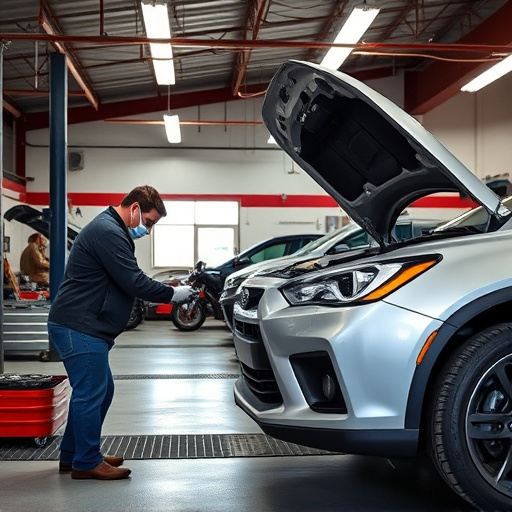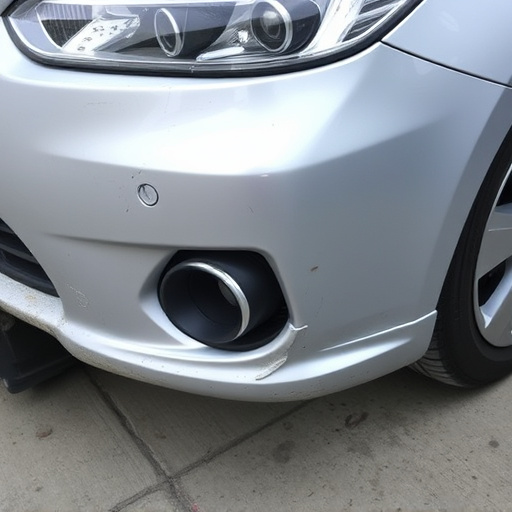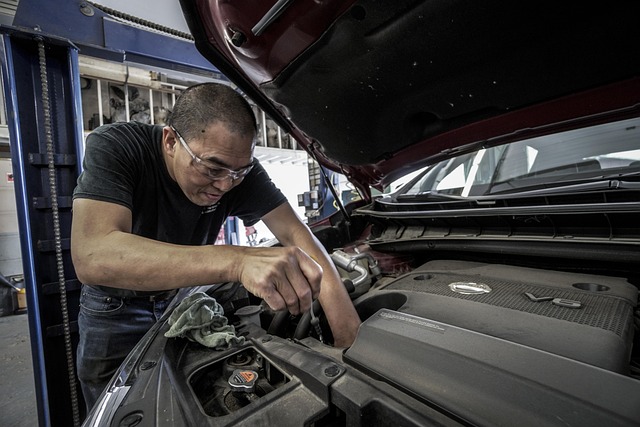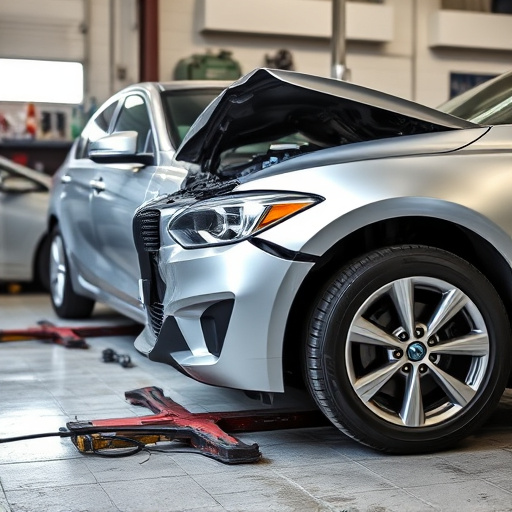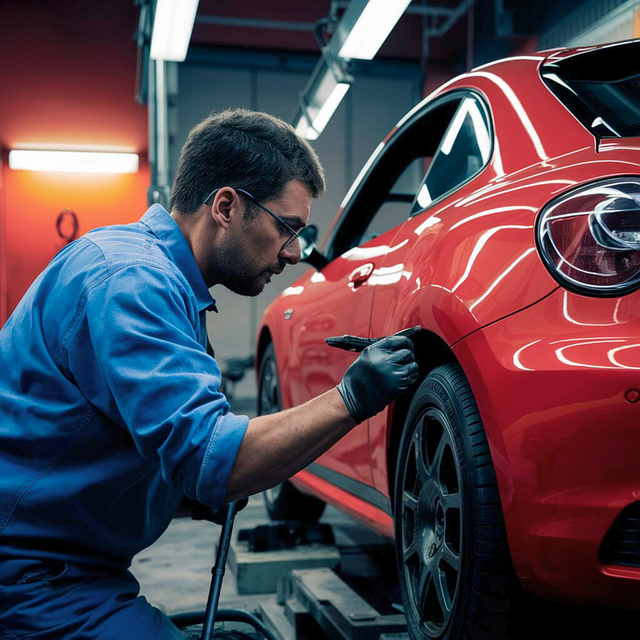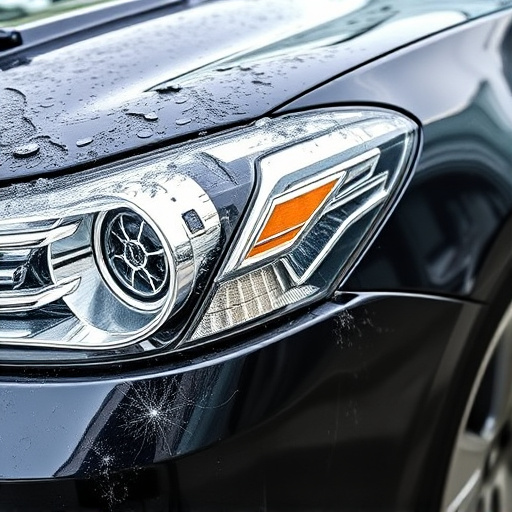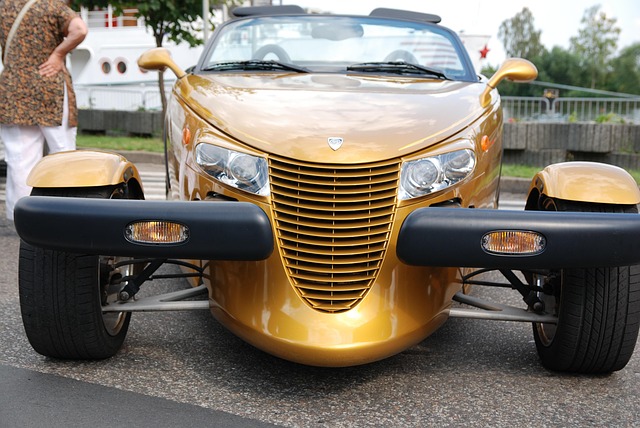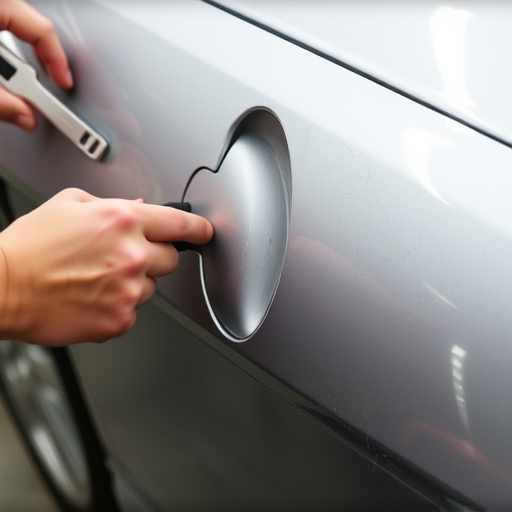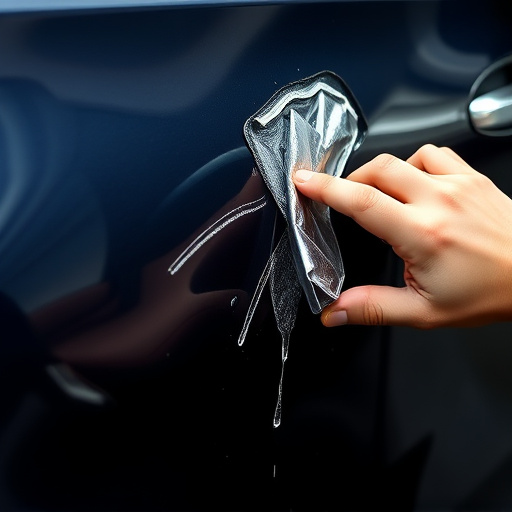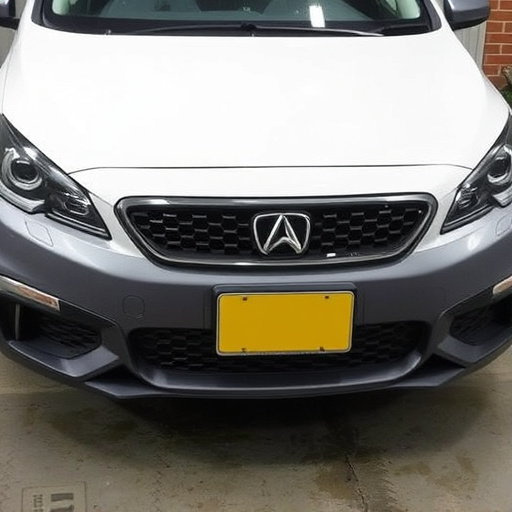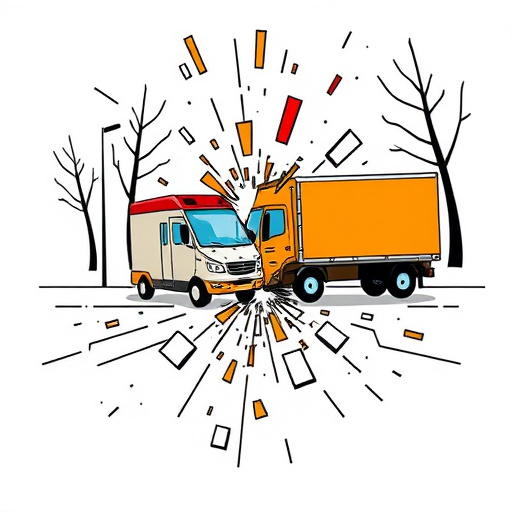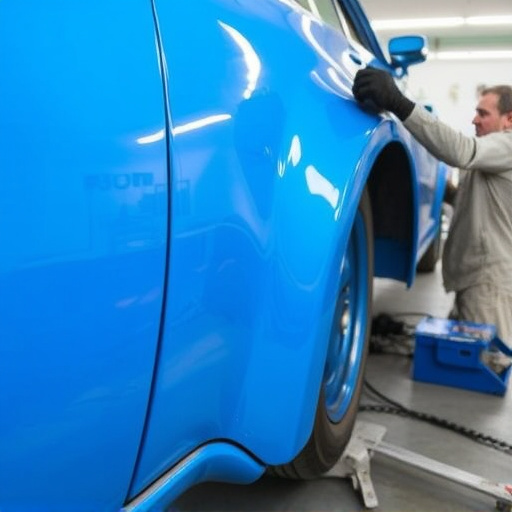Before local collision repair, meticulously inspect your vehicle for dents, scratches, and structural damage. Gather essential tools and car paint services materials. Follow three steps: inspection, cleaning, and disassembly to ensure accurate repairs, clear communication, and a sparkling finish.
Are you ready to tackle your vehicle’s collision repair yourself? Before diving in, prepare by assessing the damage accurately. This ensures repairs align with your car’s needs. Gather essential tools and parts tailored to your make and model. Then, create a workspace that facilitates efficient collision repair. A well-organized process saves time and money while achieving professional results. Let’s explore these steps for successful local collision repair.
- Assessing Vehicle Damage for Accurate Repairs
- Gathering Essential Tools and Parts
- Preparing Your Vehicle for Efficient Collision Repair Process
Assessing Vehicle Damage for Accurate Repairs

When preparing your vehicle for local collision repair, assessing the damage is a crucial first step. It’s essential to thoroughly inspect every inch of your car or truck to accurately determine the extent of the repairs needed. Start by visually examining the exterior for dents, scratches, and any visible structural damage. Check for cracks in the glass and assess the condition of the tires and wheels.
For more intricate automotive body work, like car paint repair, consider using a flashlight to spot any issues beneath the surface. Don’t overlook internal components either; inspect the engine bay, cabin, and trunk for loose or damaged parts. This meticulous evaluation will ensure that only necessary vehicle repair services are performed, saving you time and money in the long run.
Gathering Essential Tools and Parts

Before tackling any collision repair project, ensuring you have the right tools and parts is paramount. For local collision repair enthusiasts, this involves gathering a comprehensive set of auto body shop essentials, including but not limited to, wrenches, screwdrivers, hammers, and saws. These tools are indispensable for disassembling damaged components and preparing them for replacement.
Additionally, stock up on car paint services materials such as primers, paints, and clear coats that match your vehicle’s original finish. Having these readily available will enable you to perform collision damage repair effectively, ensuring your car looks as good as new after the restoration process.
Preparing Your Vehicle for Efficient Collision Repair Process

Preparing your vehicle for local collision repair involves a few simple steps that can significantly streamline the entire process. Start by thoroughly inspecting your car to identify all damage, including dents, scratches, and broken parts like fenders or bumpers. This initial evaluation helps communication with the collision center, ensuring everyone is on the same page regarding the scope of work.
Next, clean your vehicle inside and out. A sparkling exterior not only makes the repair process easier for technicians but also ensures accurate color matching during bumper repair or automotive restoration. Similarly, a clean interior allows for more efficient disassembly and reassembly, reducing the overall time required for local collision repair.
When preparing your vehicle for local collision repair, a systematic approach ensures accurate and efficient work. By assessing damage, gathering the right tools and parts, and getting your car ready, you’re setting the stage for a seamless collision repair process. Remember, effective communication with your chosen repair shop is key to achieving the best results for your vehicle’s restoration.
